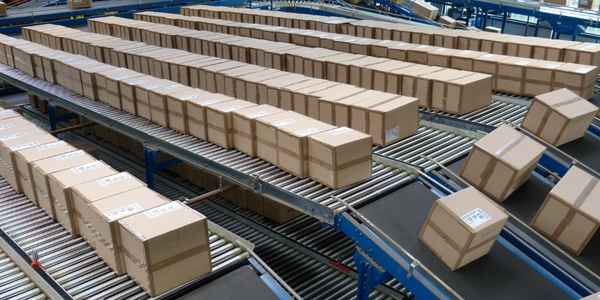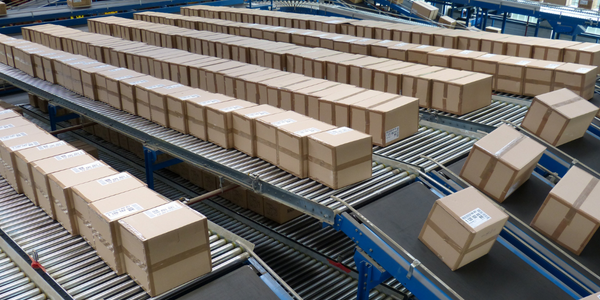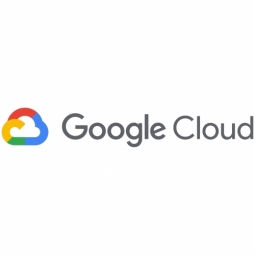Technology Category
- Analytics & Modeling - Machine Learning
- Functional Applications - Manufacturing Execution Systems (MES)
Applicable Industries
- Packaging
- Retail
Use Cases
- Chatbots
- Predictive Maintenance
Services
- Cloud Planning, Design & Implementation Services
- Data Science Services
About The Customer
Anheuser-Busch InBev (AB InBev) is an international corporation with global headquarters in Belgium. Founded in 2008 from the merger of InBev and Anheuser-Busch, AB InBev's global beer brands include Budweiser, Corona, and Stella Artois. The company is committed to embracing the future and innovating to stay competitive. As part of this commitment, AB InBev partnered with Pluto7, a technology solutions provider, to optimize its beer filtration process using machine learning and artificial intelligence.
The Challenge
Anheuser-Busch InBev (AB InBev), a global corporation known for its popular beer brands like Budweiser, Corona, and Stella Artois, was facing challenges in optimizing its beer filtration process. The filtration process, which is crucial for achieving the best beer taste and meeting brand-required turbidity levels, involves many unpredictable variables. The existing technology could only handle basic logic, using meters to monitor and react to adverse conditions such as a change in pressure. AB InBev recognized the potential of machine learning (ML) and artificial intelligence (AI) in leveraging a larger dataset to better predict and prevent potential issues during filtration. However, the company needed a partnership and provider that could enable them to deploy ML quickly and effectively.
The Solution
AB InBev partnered with Pluto7, a technology solutions provider that uses Google Cloud services to improve operations at manufacturers and other companies. Pluto7 developed a prototype solution that enabled AB InBev to optimize the beer filtration process with much greater accuracy. The solution combined TensorFlow, Cloud Machine Learning Engine, Cloud SQL, and BigQuery. Working with Pluto7, the AB InBev team evaluated six months of manufacturing data from its Newark, New Jersey brewery. The data was fed into a TensorFlow ML engine run through Google Cloud. Through this process, they identified more than 50 specific parameters that displayed potential predictive ability, which were then used to revolutionize their system. Currently, AB InBev is working with Pluto7 to scale the solution to multiple brewery locations, with plans to deploy the solution at all K Filter and similar filtration systems globally.
Operational Impact
Quantitative Benefit

Case Study missing?
Start adding your own!
Register with your work email and create a new case study profile for your business.
Related Case Studies.

Case Study
Improving Production Line Efficiency with Ethernet Micro RTU Controller
Moxa was asked to provide a connectivity solution for one of the world's leading cosmetics companies. This multinational corporation, with retail presence in 130 countries, 23 global braches, and over 66,000 employees, sought to improve the efficiency of their production process by migrating from manual monitoring to an automatic productivity monitoring system. The production line was being monitored by ABB Real-TPI, a factory information system that offers data collection and analysis to improve plant efficiency. Due to software limitations, the customer needed an OPC server and a corresponding I/O solution to collect data from additional sensor devices for the Real-TPI system. The goal is to enable the factory information system to more thoroughly collect data from every corner of the production line. This will improve its ability to measure Overall Equipment Effectiveness (OEE) and translate into increased production efficiencies. System Requirements • Instant status updates while still consuming minimal bandwidth to relieve strain on limited factory networks • Interoperable with ABB Real-TPI • Small form factor appropriate for deployment where space is scarce • Remote software management and configuration to simplify operations

Case Study
Digital Retail Security Solutions
Sennco wanted to help its retail customers increase sales and profits by developing an innovative alarm system as opposed to conventional connected alarms that are permanently tethered to display products. These traditional security systems were cumbersome and intrusive to the customer shopping experience. Additionally, they provided no useful data or analytics.

Case Study
How Sirqul’s IoT Platform is Crafting Carrefour’s New In-Store Experiences
Carrefour Taiwan’s goal is to be completely digital by end of 2018. Out-dated manual methods for analysis and assumptions limited Carrefour’s ability to change the customer experience and were void of real-time decision-making capabilities. Rather than relying solely on sales data, assumptions, and disparate systems, Carrefour Taiwan’s CEO led an initiative to find a connected IoT solution that could give the team the ability to make real-time changes and more informed decisions. Prior to implementing, Carrefour struggled to address their conversion rates and did not have the proper insights into the customer decision-making process nor how to make an immediate impact without losing customer confidence.

Case Study
IoT Data Analytics Case Study - Packaging Films Manufacturer
The company manufactures packaging films on made to order or configure to order basis. Every order has a different set of requirements from the product characteristics perspective and hence requires machine’s settings to be adjusted accordingly. If the film quality does not meet the required standards, the degraded quality impacts customer delivery causes customer dissatisfaction and results in lower margins. The biggest challenge was to identify the real root cause and devise a remedy for that.

Case Study
Zenon the Ideal Basis for An Ergonomic HMI
KHS develops and produces machines and equipment for filling and packaging in the drinks industry. Because drinks manufacturing, filling and packaging consist of a number of highly complex processes, the user-friendly and intuitive operation of equipment is increasingly gaining in significance. In order to design these processes as simple as possible for the user, KHS decided to introduce a uniform, transparent and standardized solution to the company. The HMI interface should meet the requirement for people with different qualifications and enable them to work on a standard platform.








